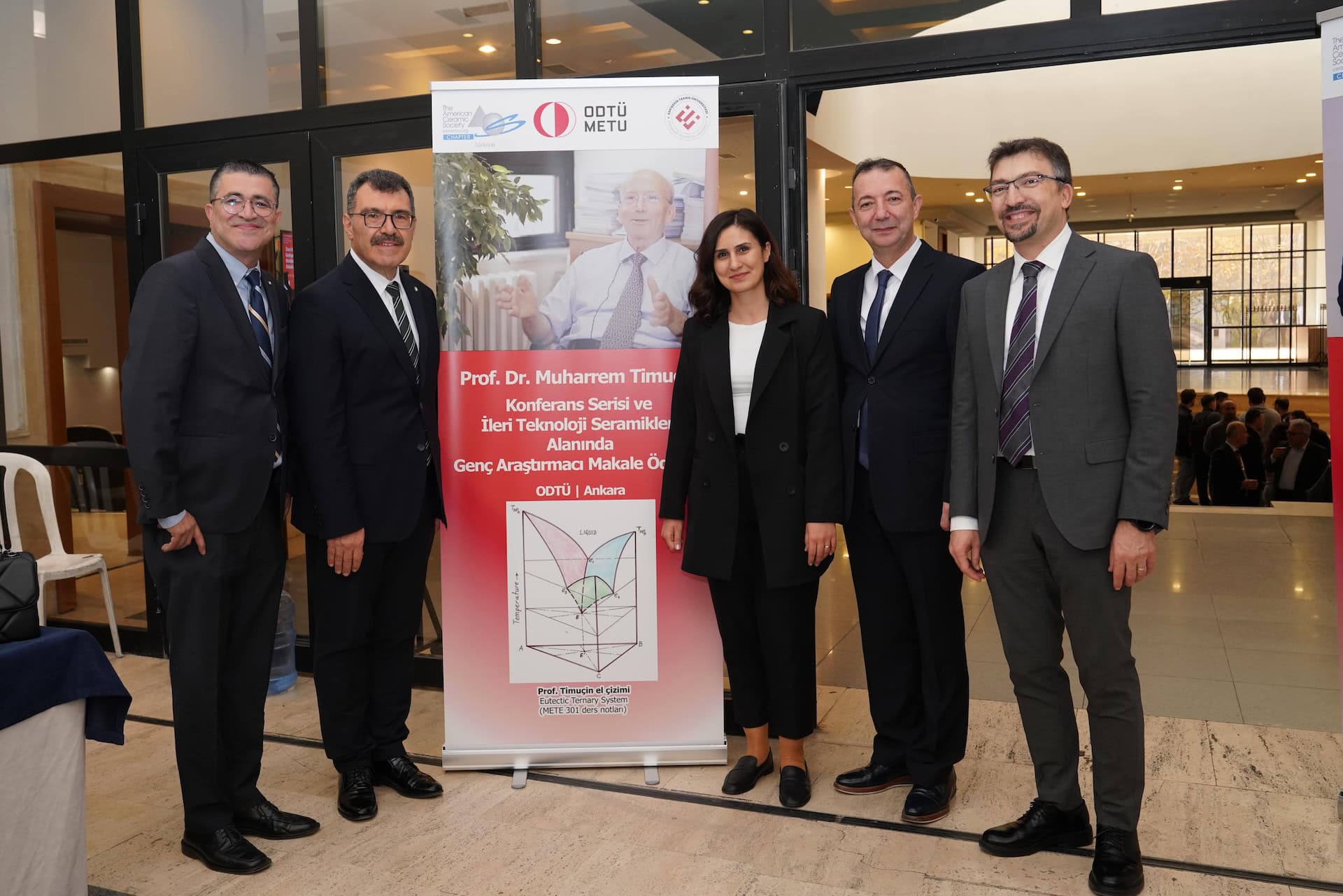Thursday was the final day for the 4th International Conference on Ceramics. The day began with invited speaker sessions, followed by a wrap up session for the conference. Optional tours of Argonne National Laboratory and the Illinois Institute of Technology were available in the afternoon.
As with the previous day, I decided to attend the morning’s Biology and Medicine Session. Ashok Khandkar from BloXR and Meinhard Kuntz from CeramTec AG were the two invited speakers for this session. Khandkar focused his talk primarily on three topics, the use of silicon nitride for hip replacement, silicon nitride applications in spine fusion, and new developments with thin film radiation shields, made using ceramics materials. Kuntz discussed the properties of zirconia toughened alumina as they related to biomedical applications. He showed that the wear properties of ZTA would make it superior to silicon nitride for certain applications. Both presentations were very good and allowed me to learn about two very interesting, competing ceramic materials.
Michael Holman from Lux Research was the day’s first plenary speaker. Holman discussed translating worldwide trends into business opportunities, opportunities in advanced ceramics, and the use of technology scouting to identify partners. Although his presentation focused on business opportunities, I could see where researchers at universities could also use his strategies to guide the direction of their research.
Gregory Rohrer from Carnegie Mellon University also spoke at the plenary session. He reported the results from a workshop this year in Washington, D.C., that gathered leaders in the ceramics field to identify the key scientific challenges in ceramics research. Rohrer has submitted his findings to the Journal of the America Ceramic Society. The report will be open access upon publication. I plan on reading this report when it becomes available, because I believe it will be a useful tool to help me guide myself in my career development.
At the conference wrap up session, ICC4 rapporteurs reported on the major issues and trends within each of their theme areas. These reports were interesting because I gained a sense of the happenings of the conference as a whole. At the end of the session, ICC4 president and technical program co-chair, Katherine Faber brought the conference to a close.
Attending ICC4 was a very enjoyable experience. All the careful planning and hard work involved were evident in the high quality of the conference. The organizers and presenters should be proud of this achievement.
I had a wonderful time working with Eileen De Guire and Peter Wray from ACerS and fellow student blogger Bobby Harl. Bobby and I learned a lot from Eileen and Peter, who served as mentors to us and guided our writings.
I would like to thank ACerS and Wiley for my scholarship, which allowed me to attend ICC4 and write this blog. I would also like to thank my supervisor, Jacqueline Johnson, for allowing me time away from work to attend the conference and the University of Tennessee Space Institute for helping with my travel.
Author
Russell Lee Leonard
Spotlight Categories
- Meeting Highlights
Related Posts
Volunteer spotlight: Hyunjun Kim
December 18, 2025
ACerS International Türkiye Chapter awards early career researchers
December 8, 2025


